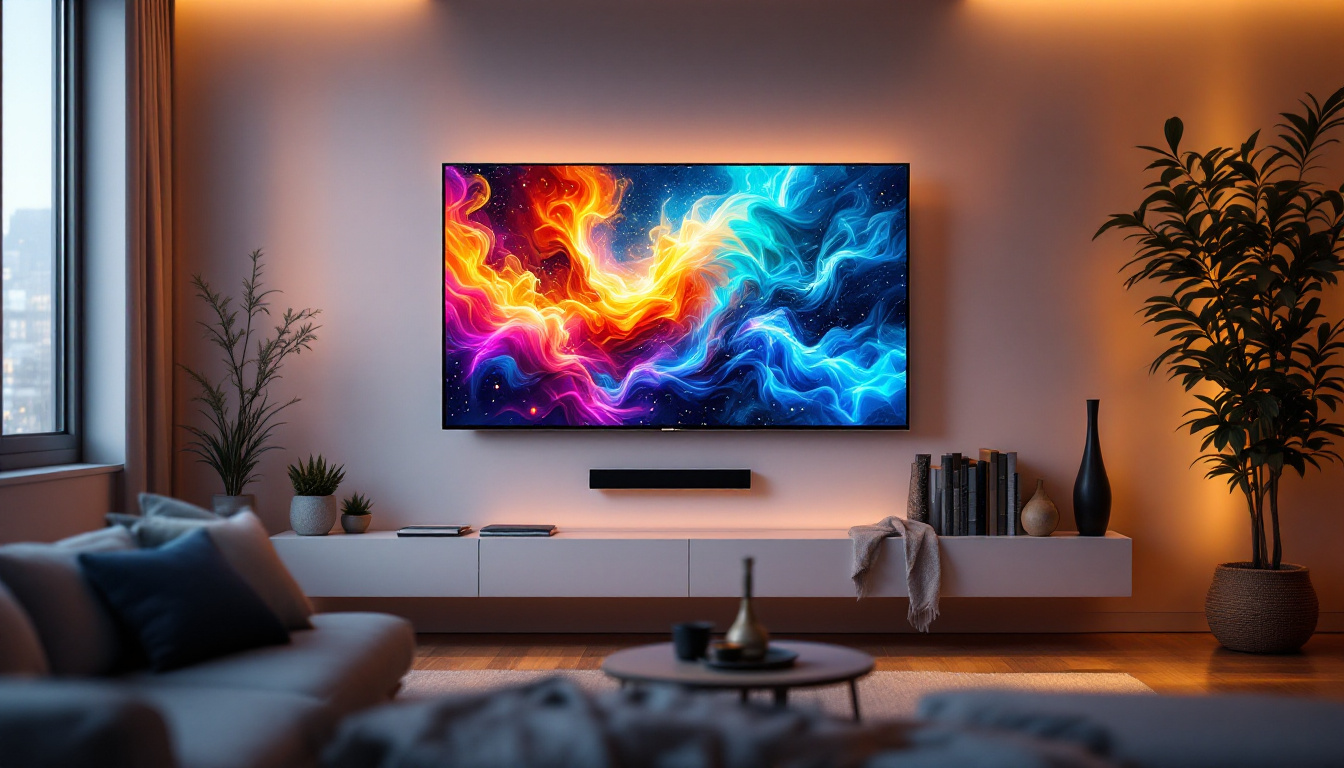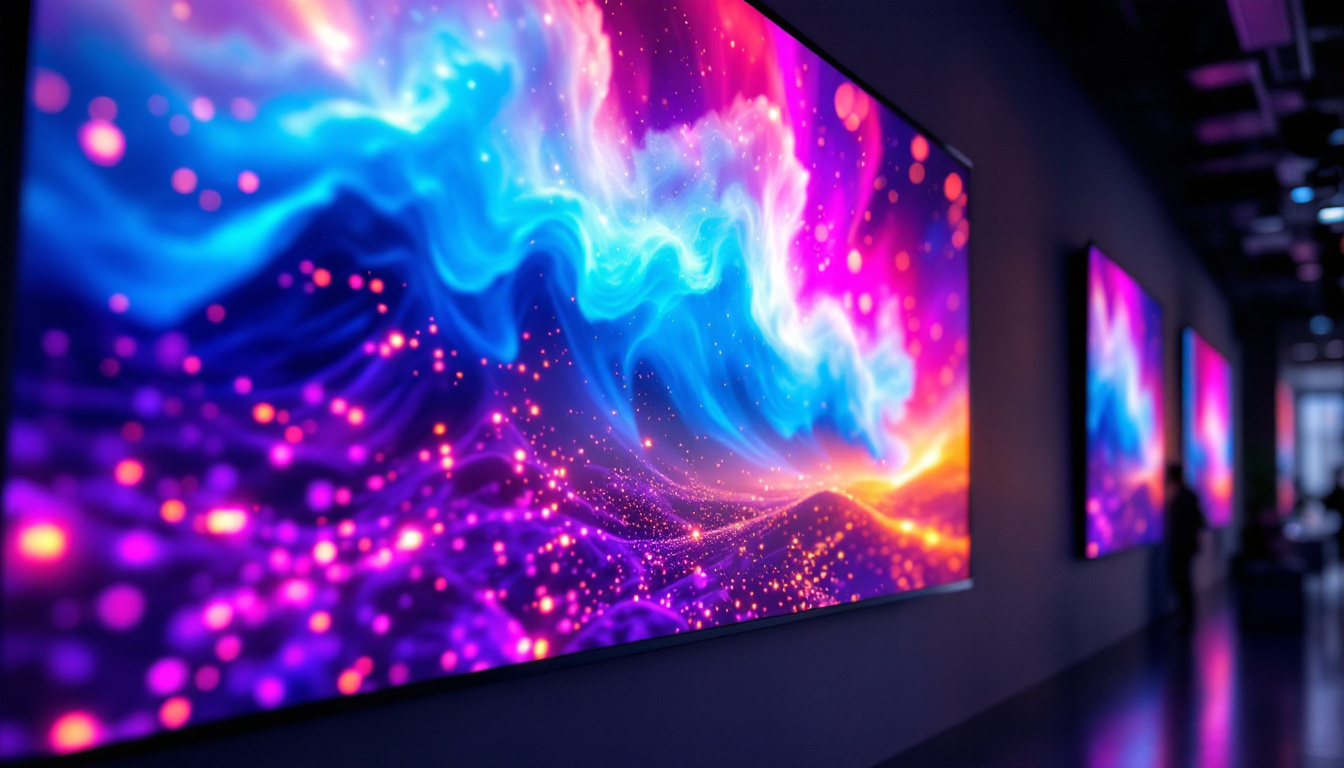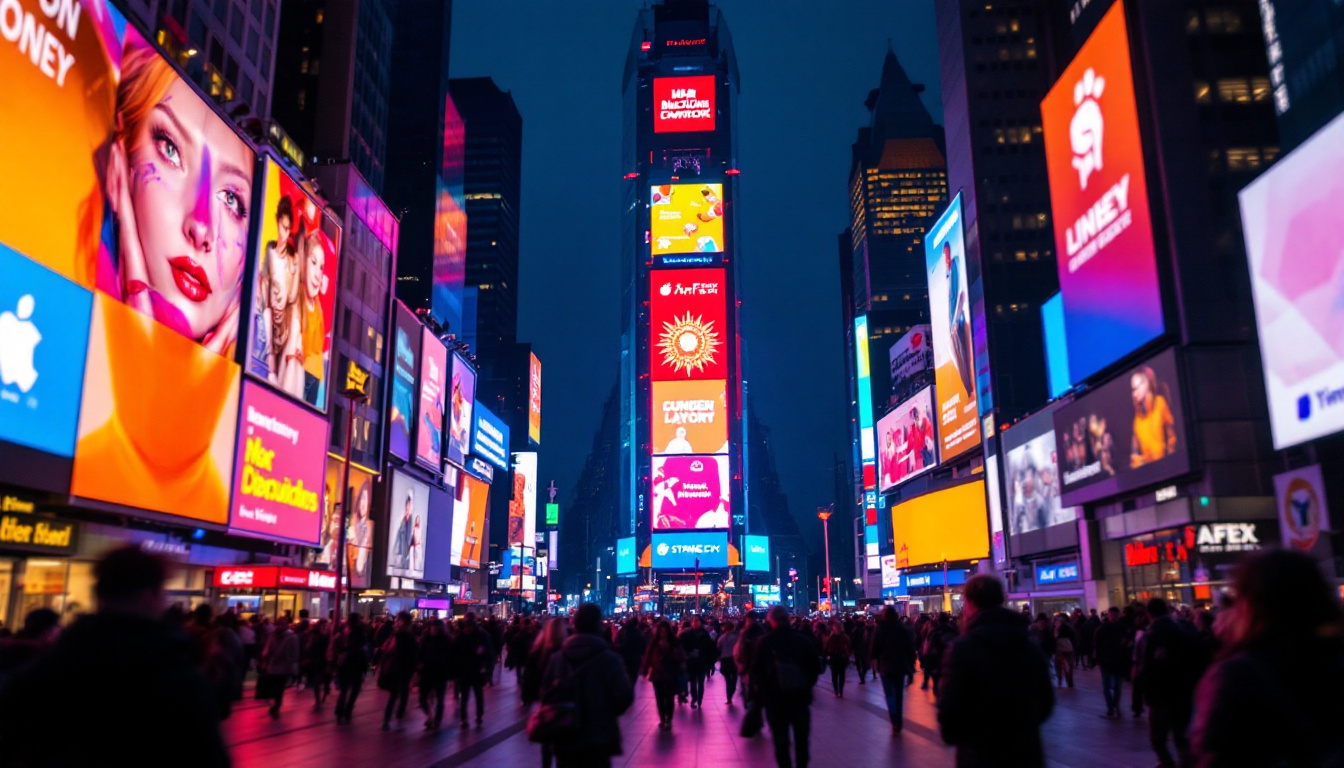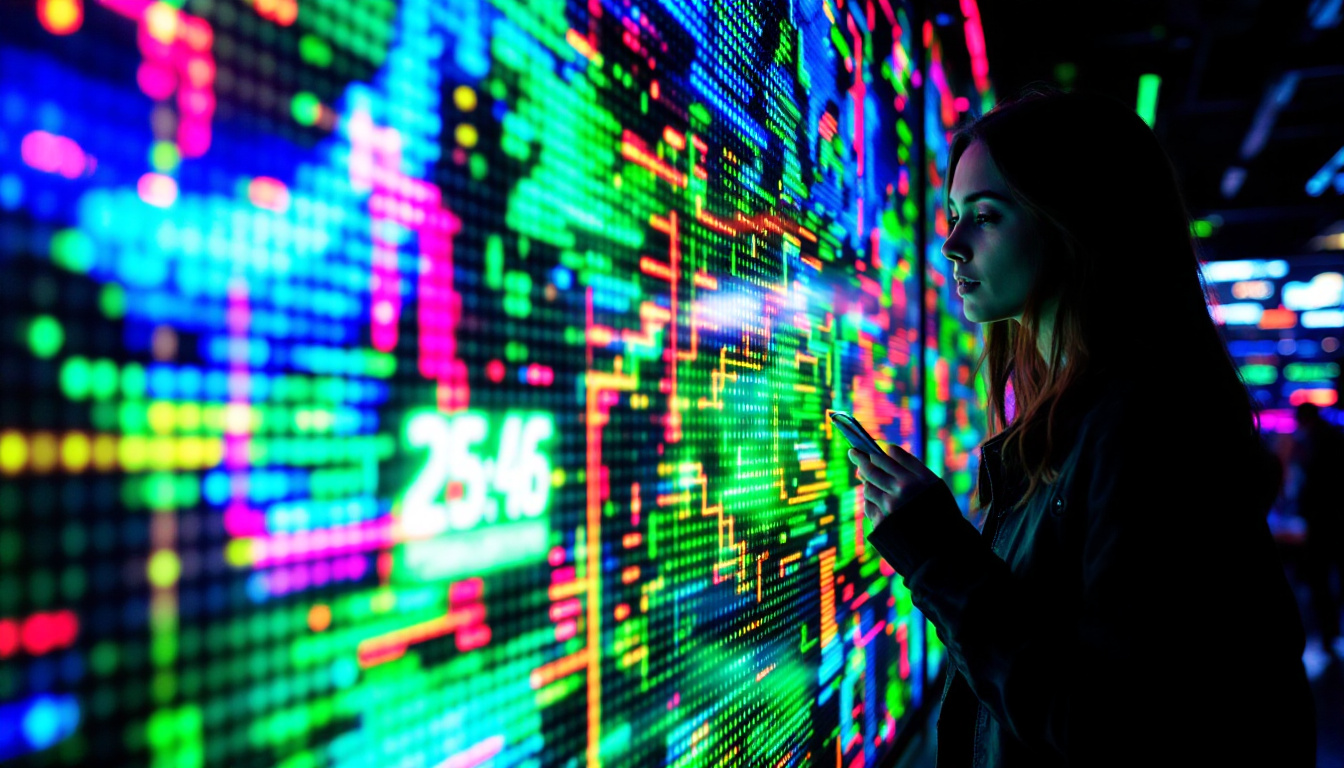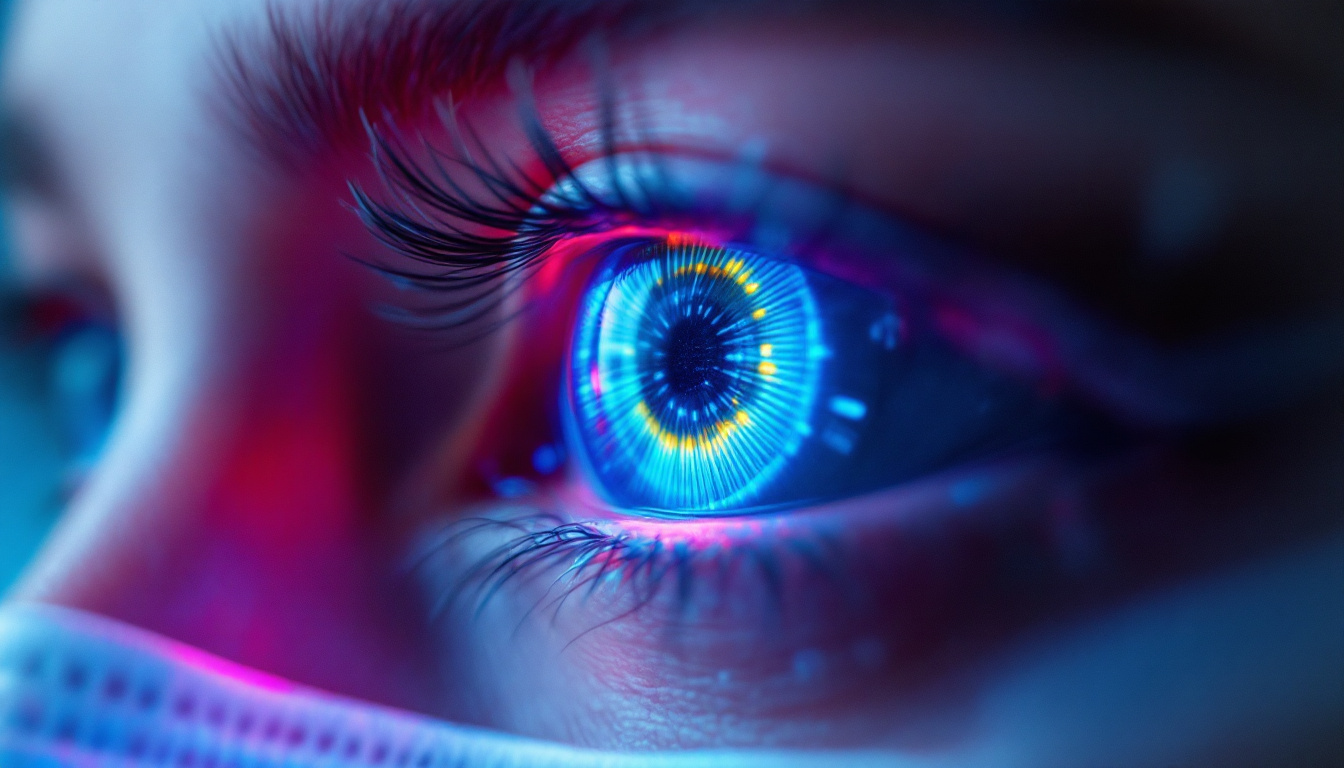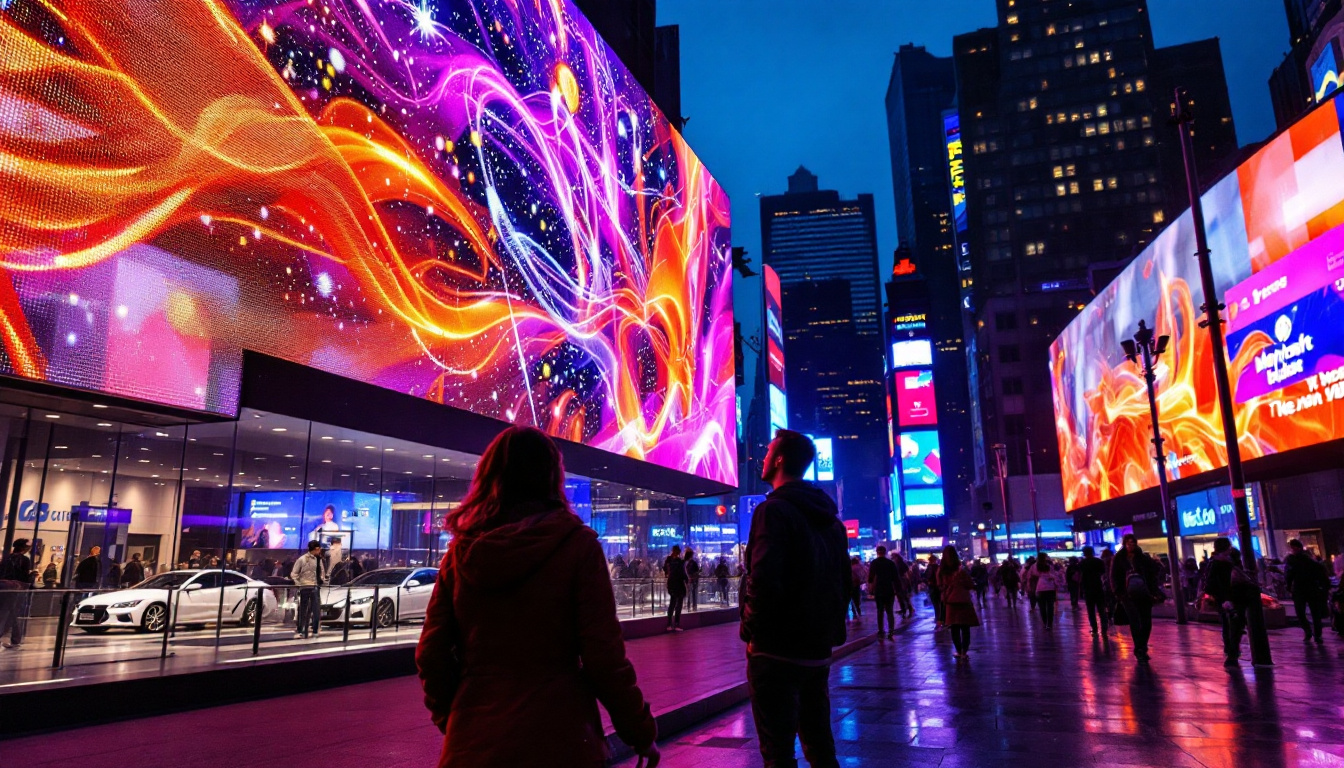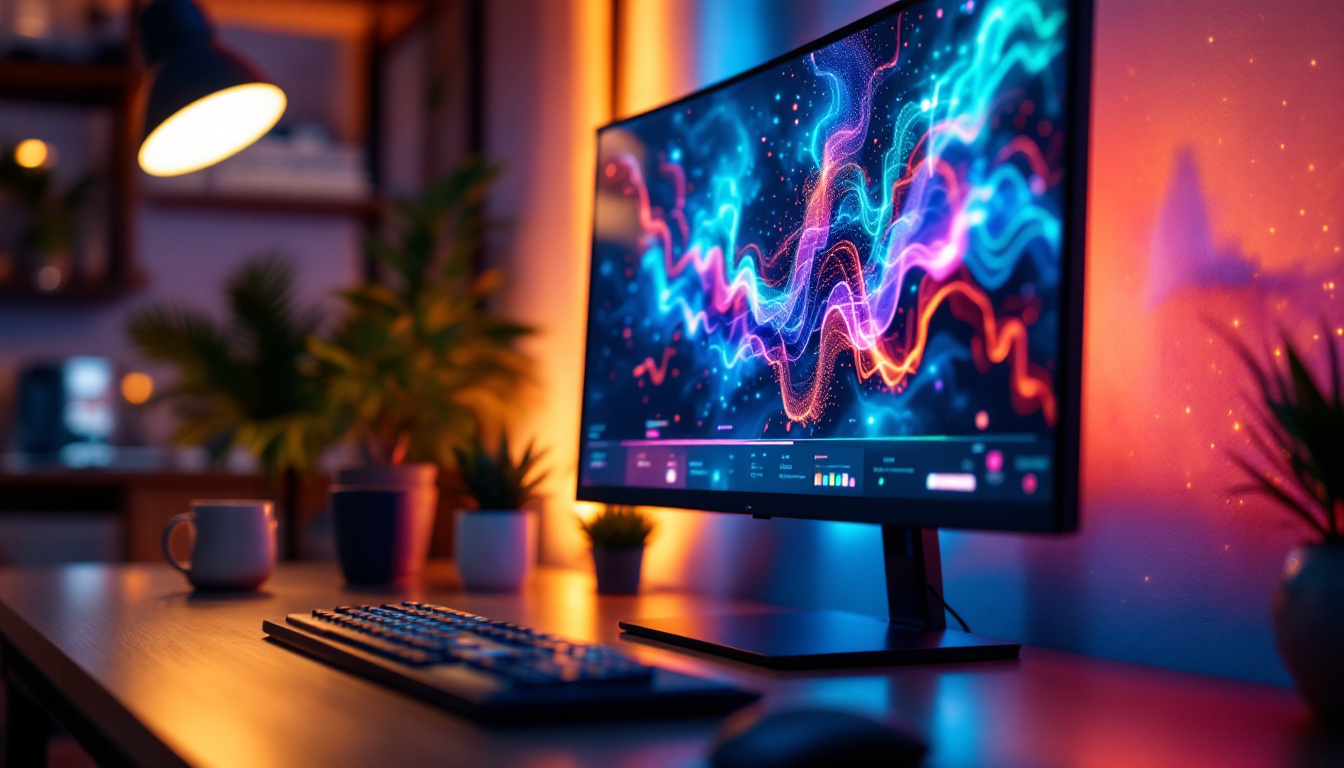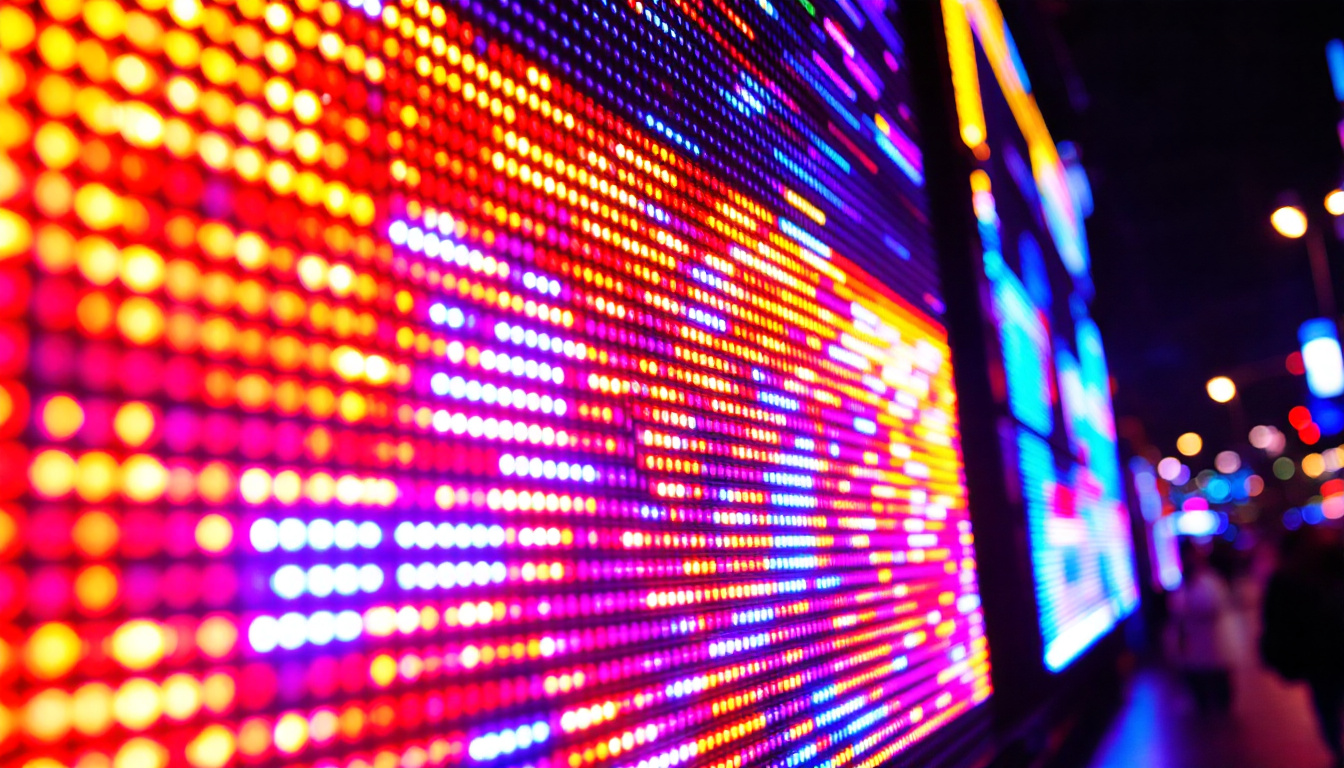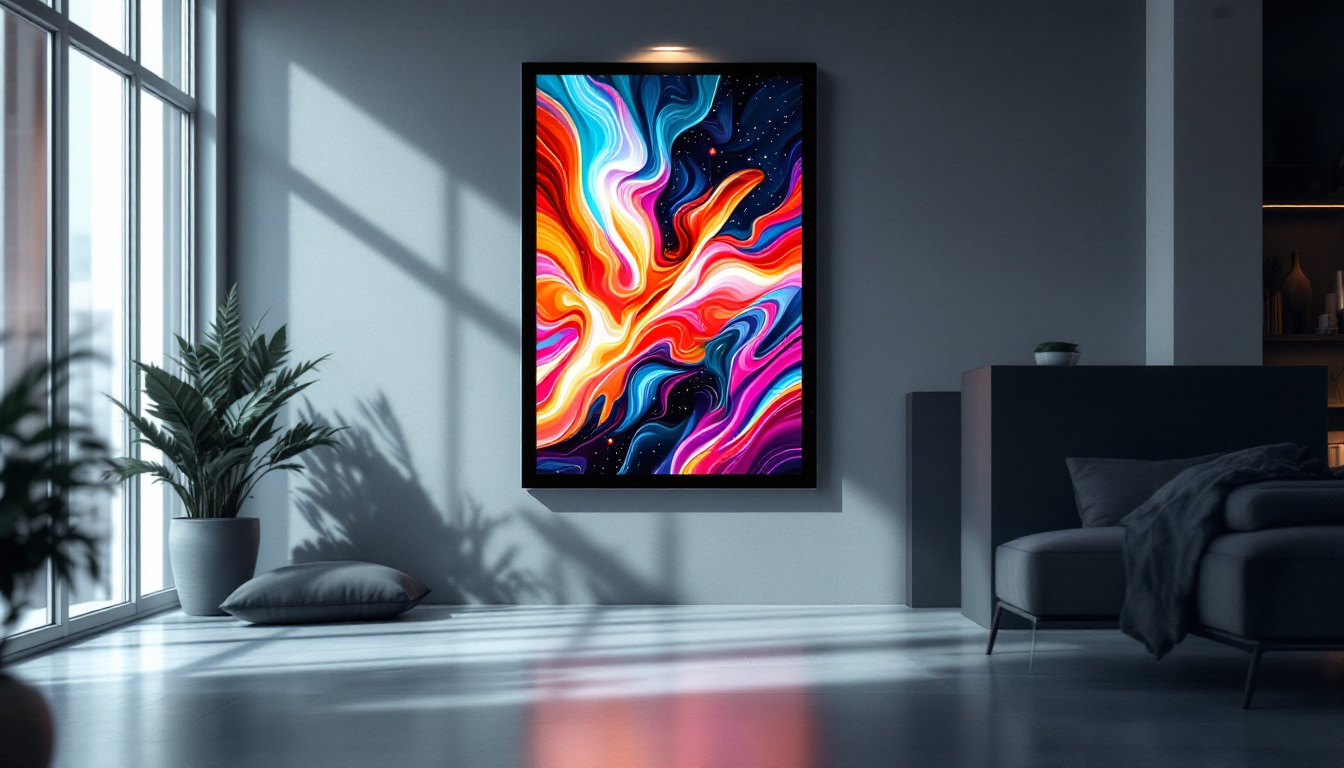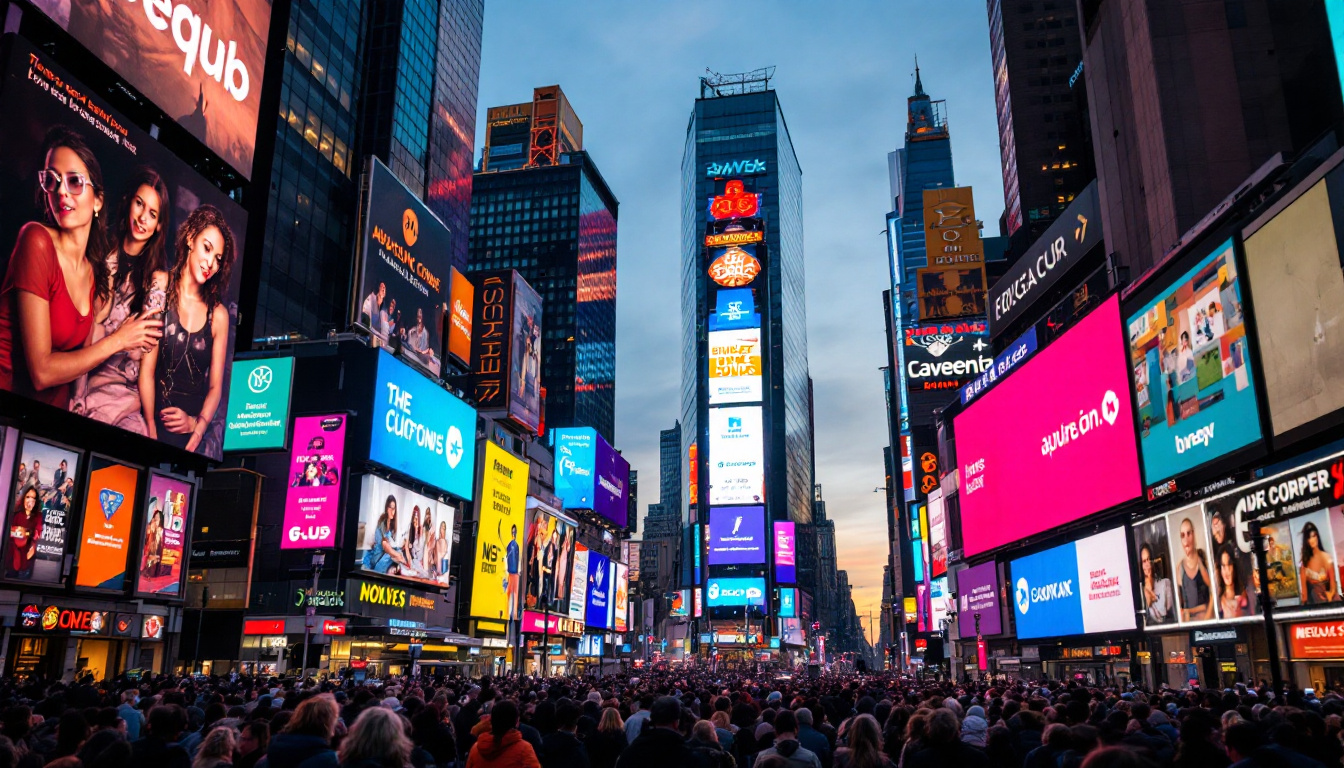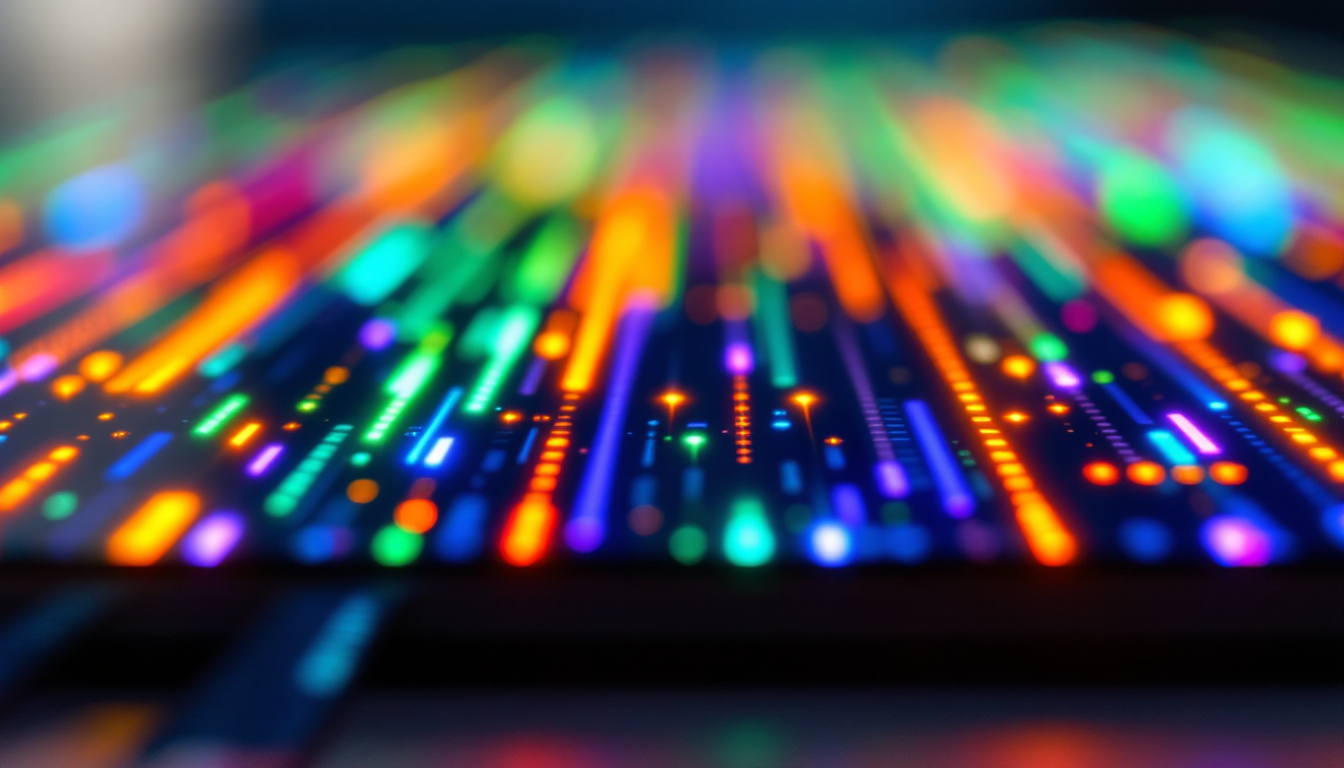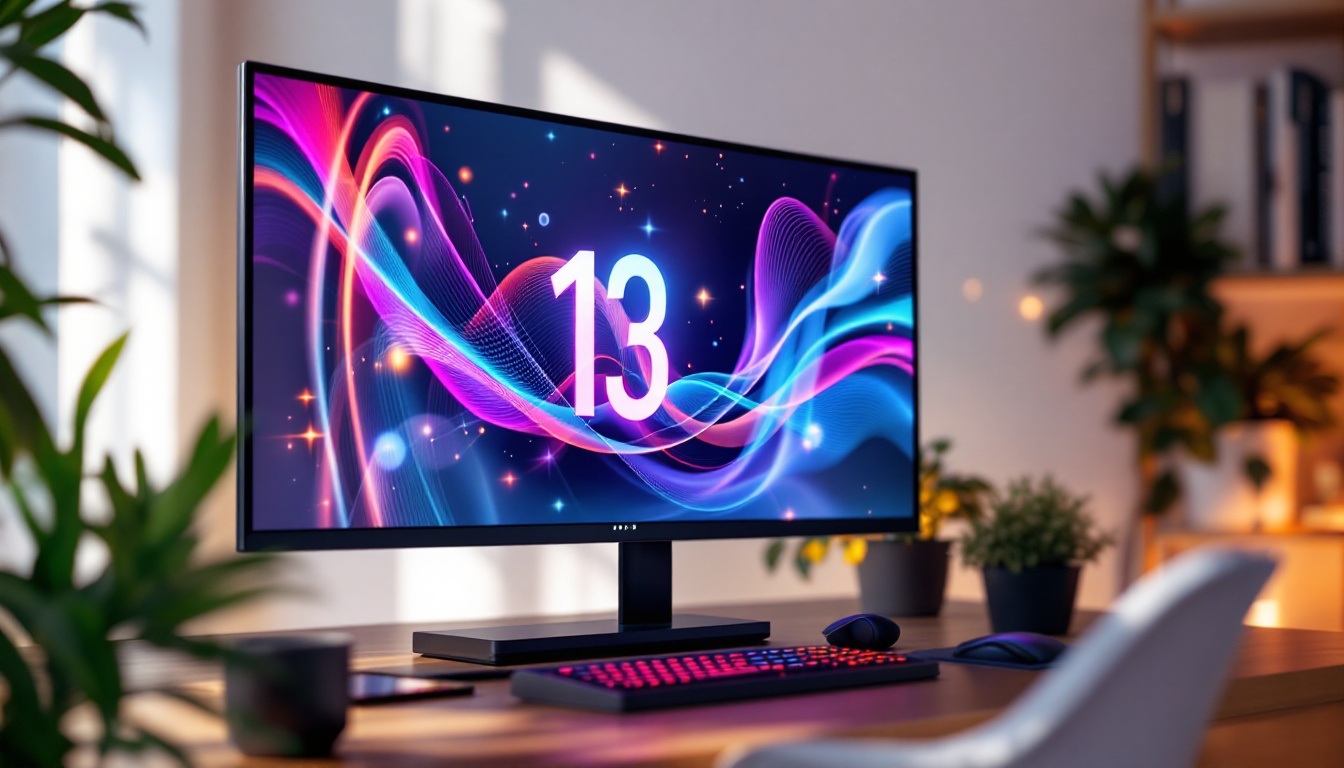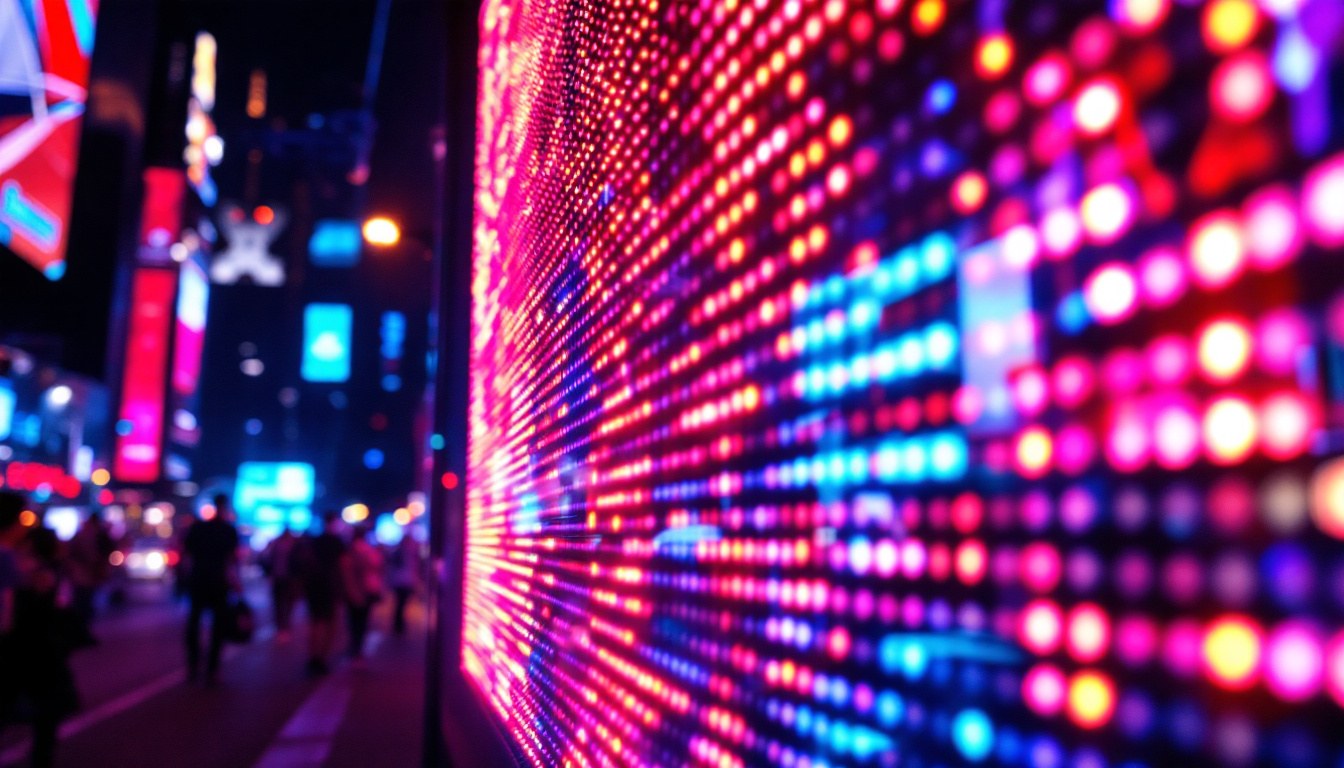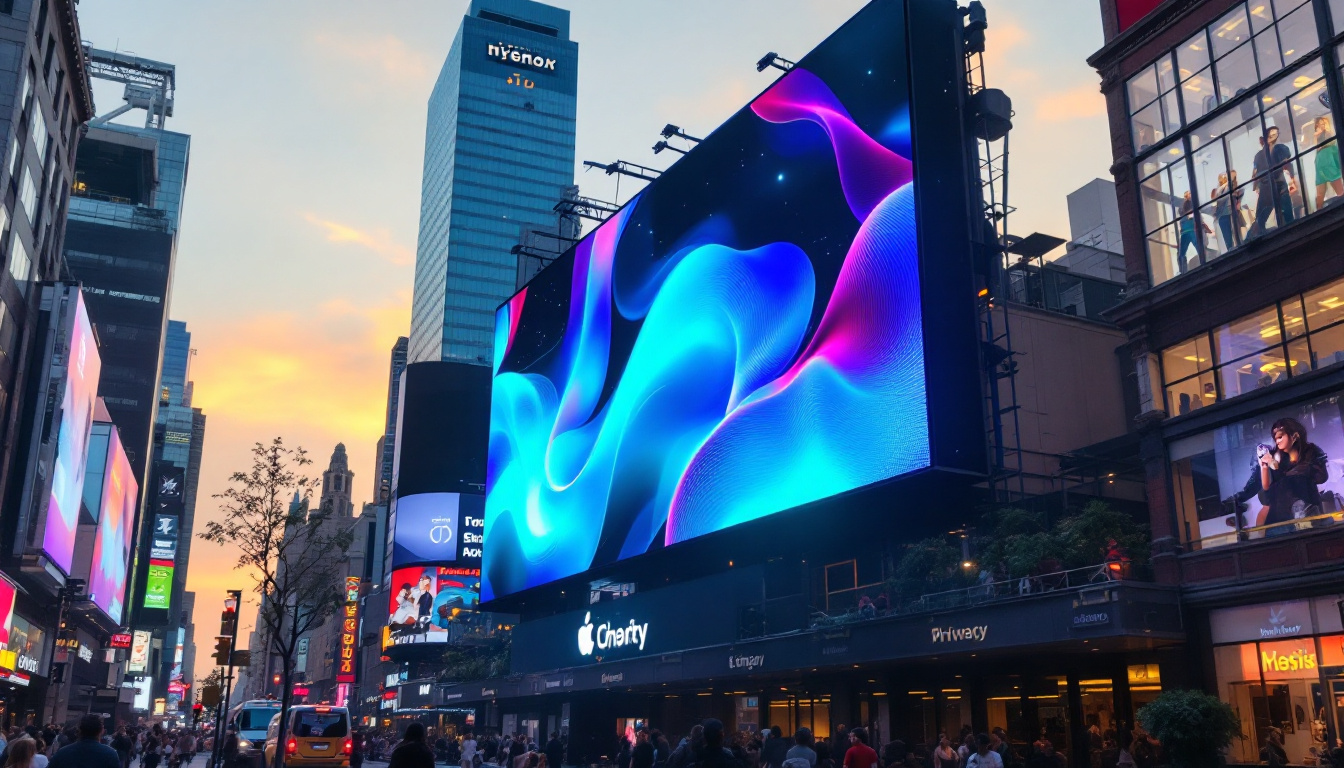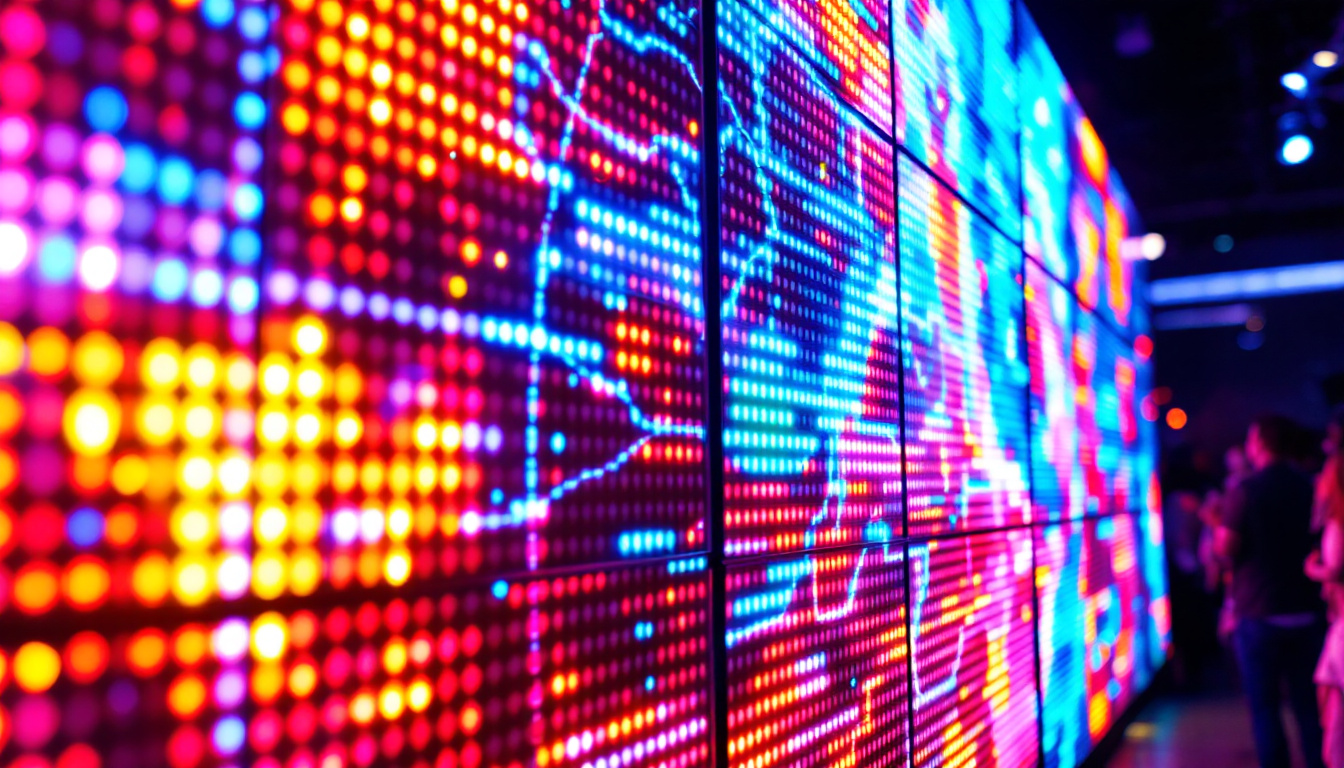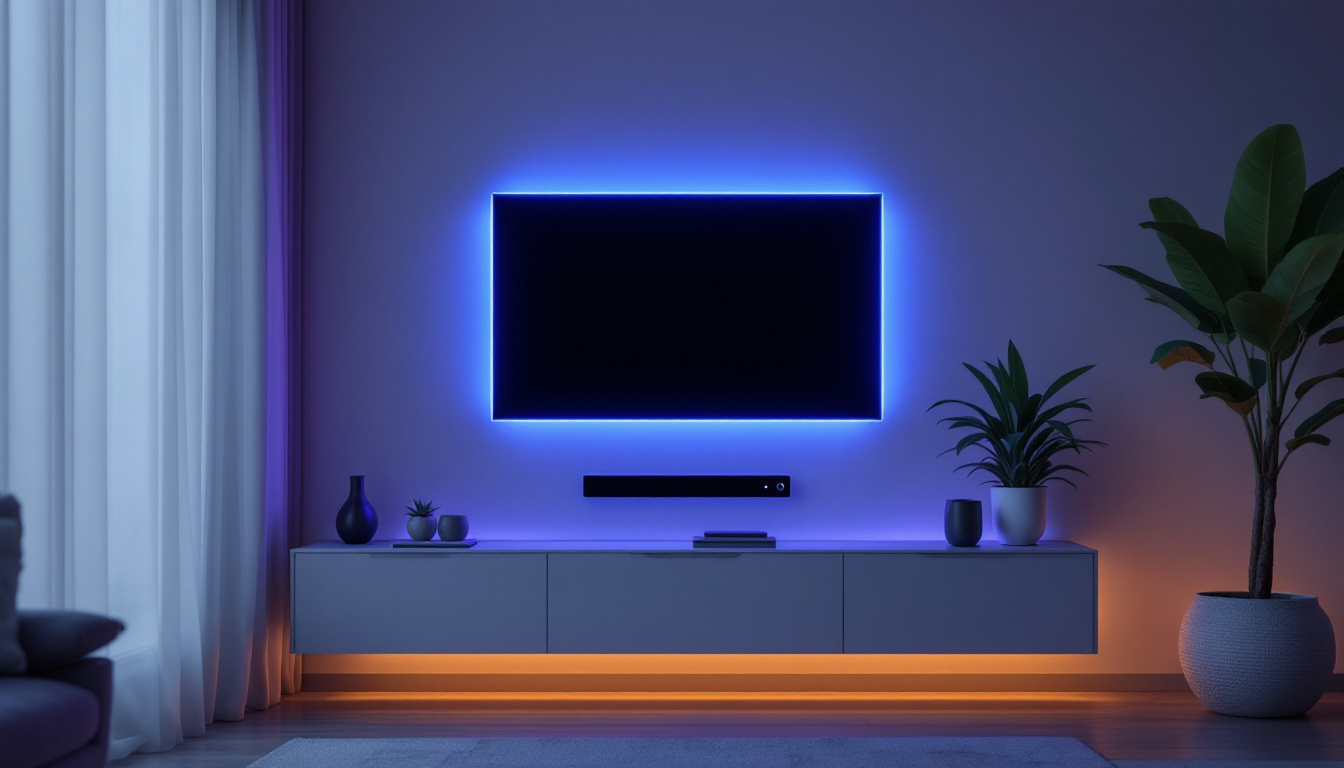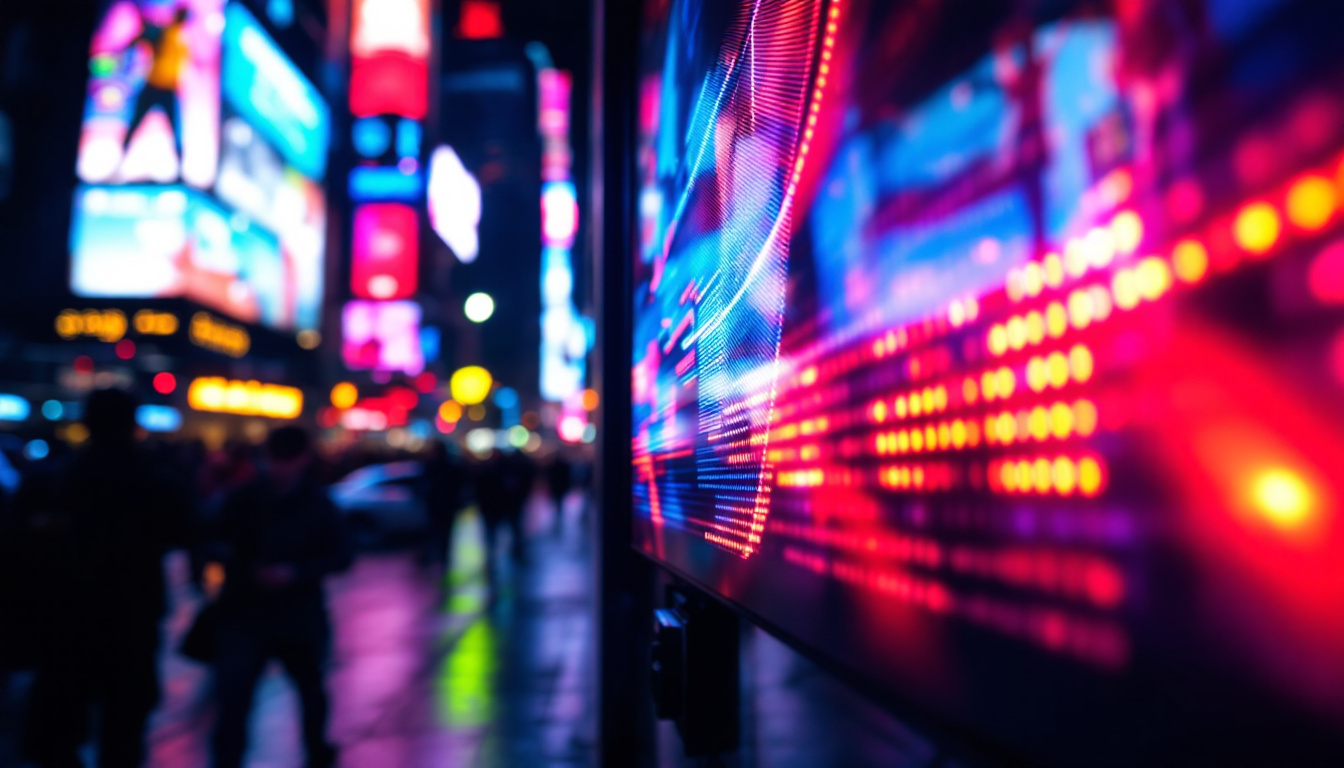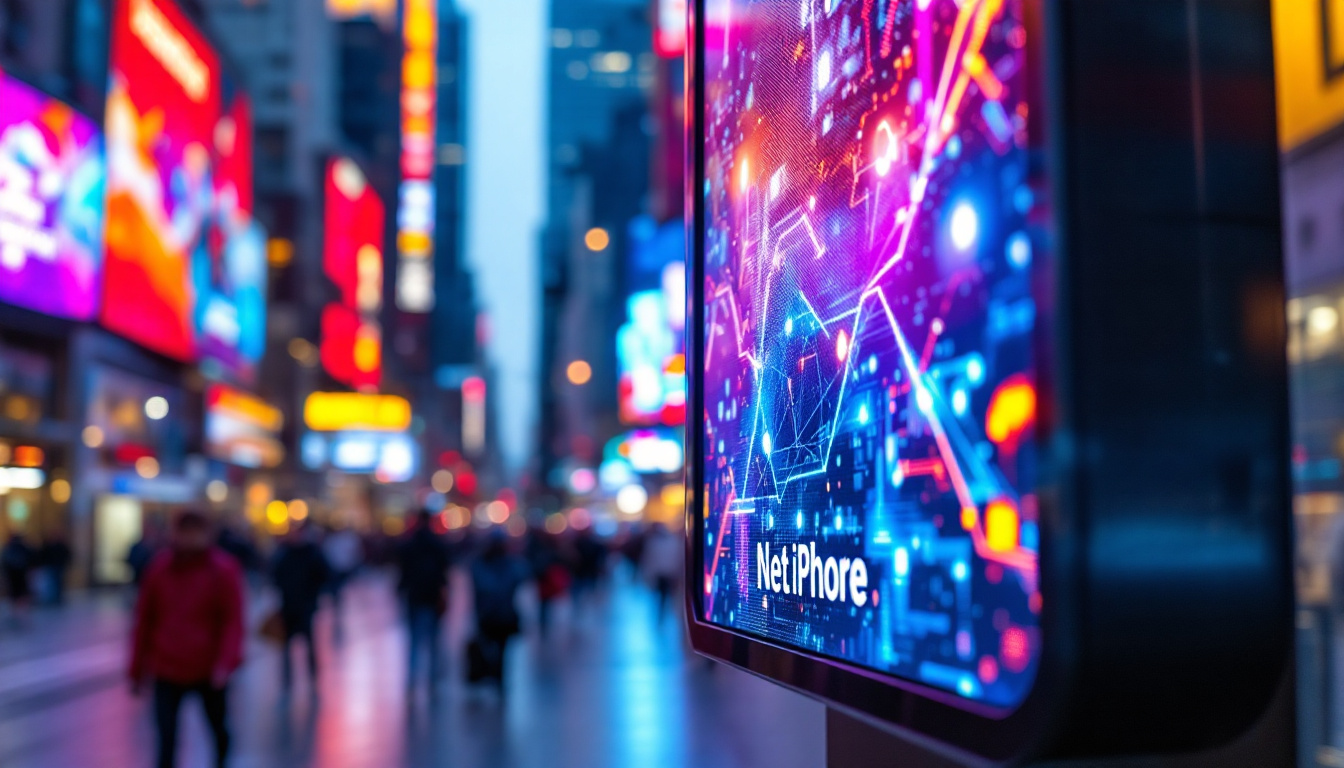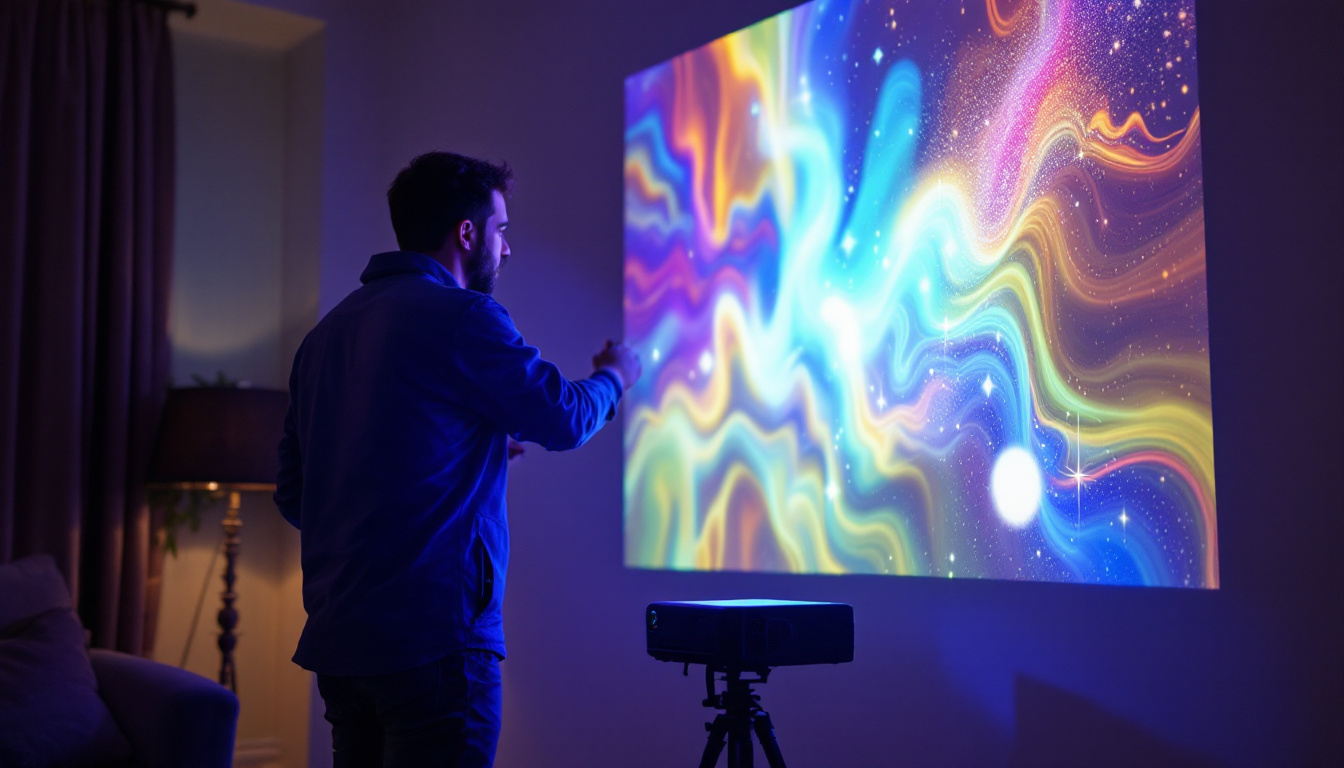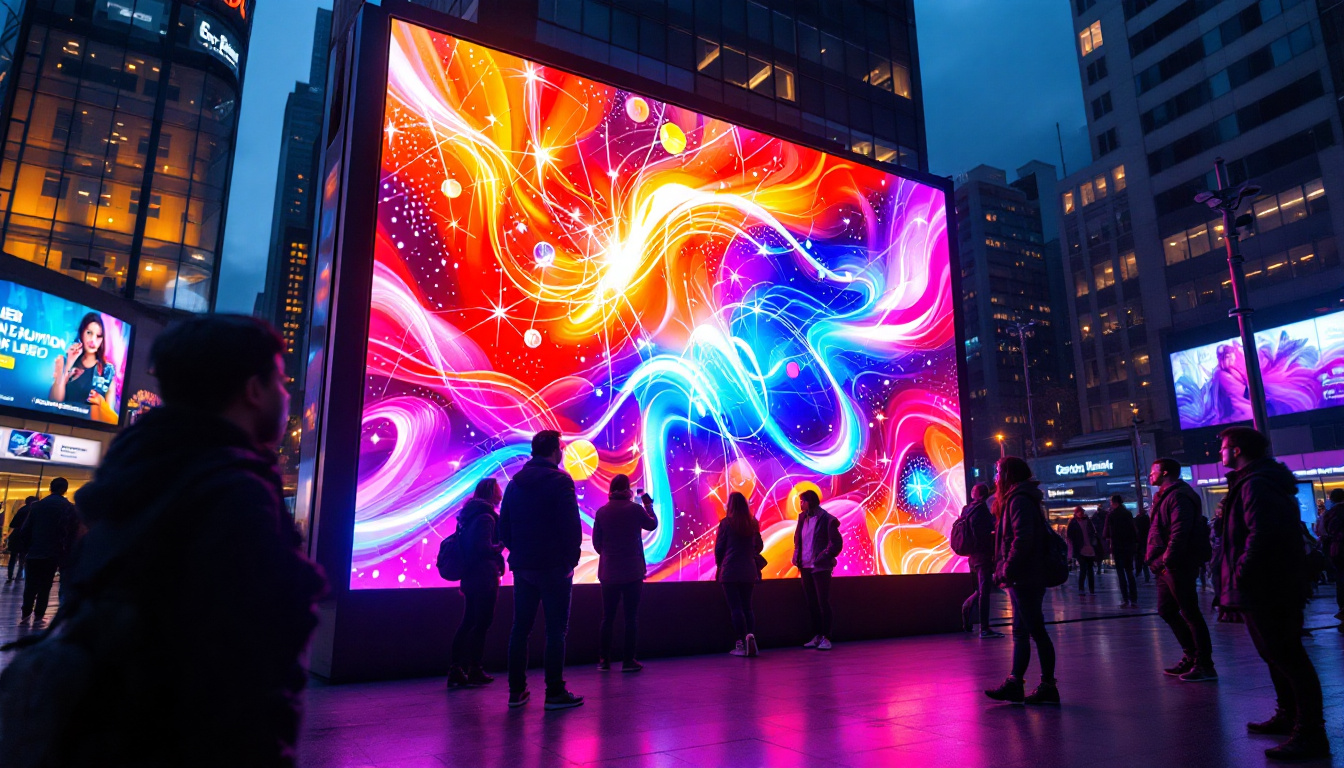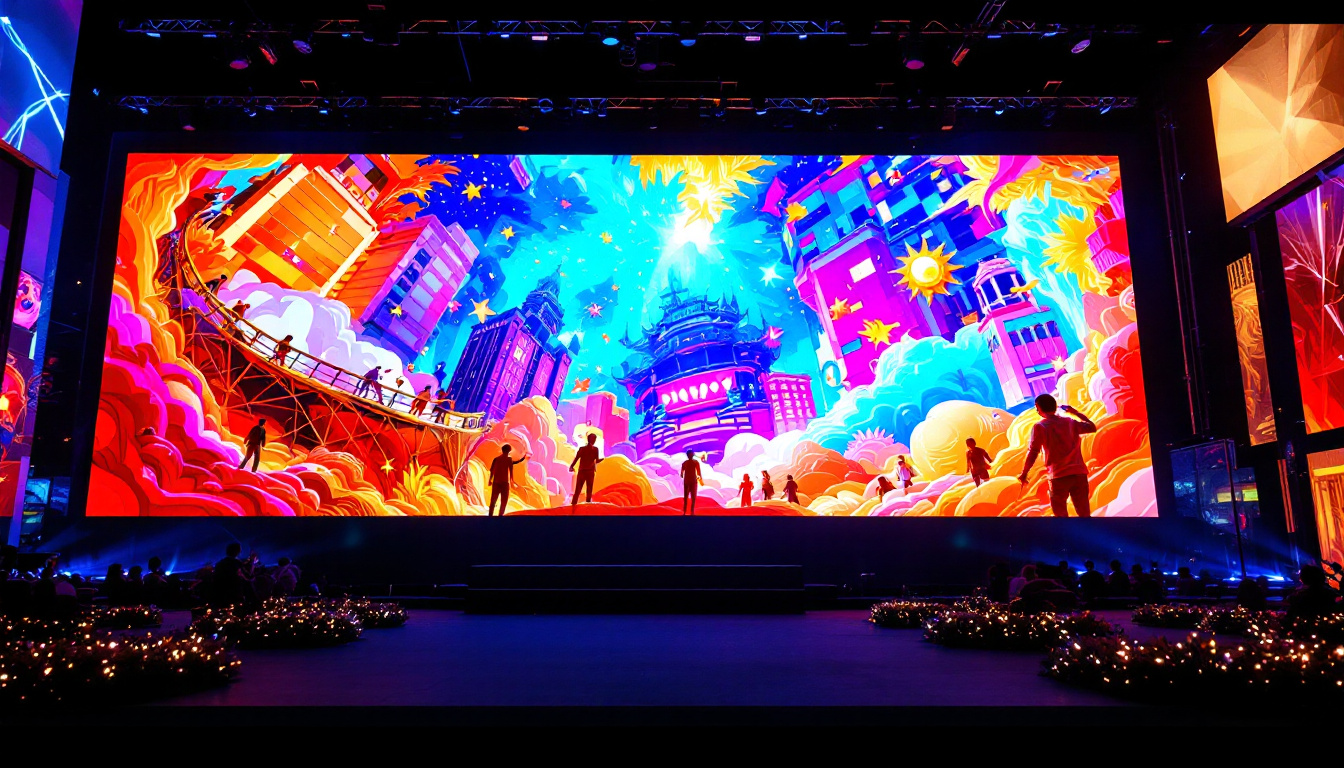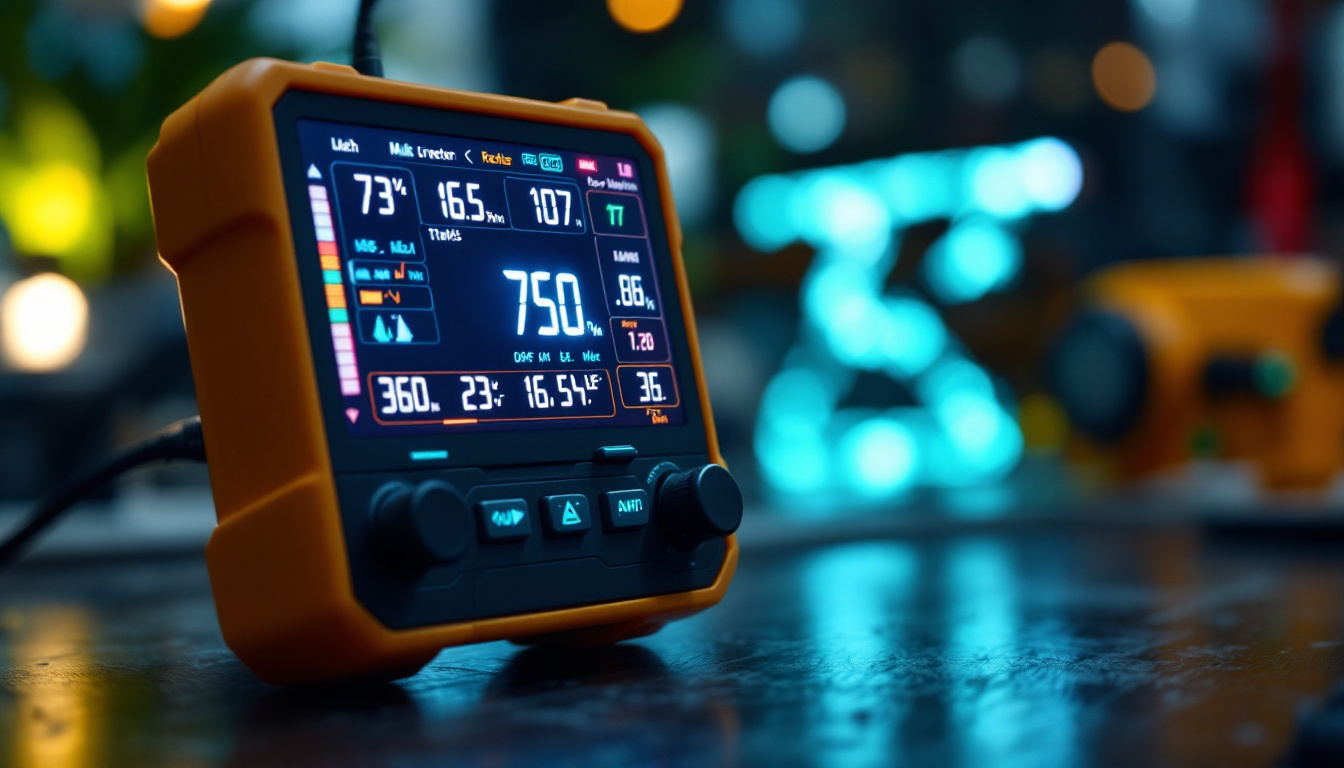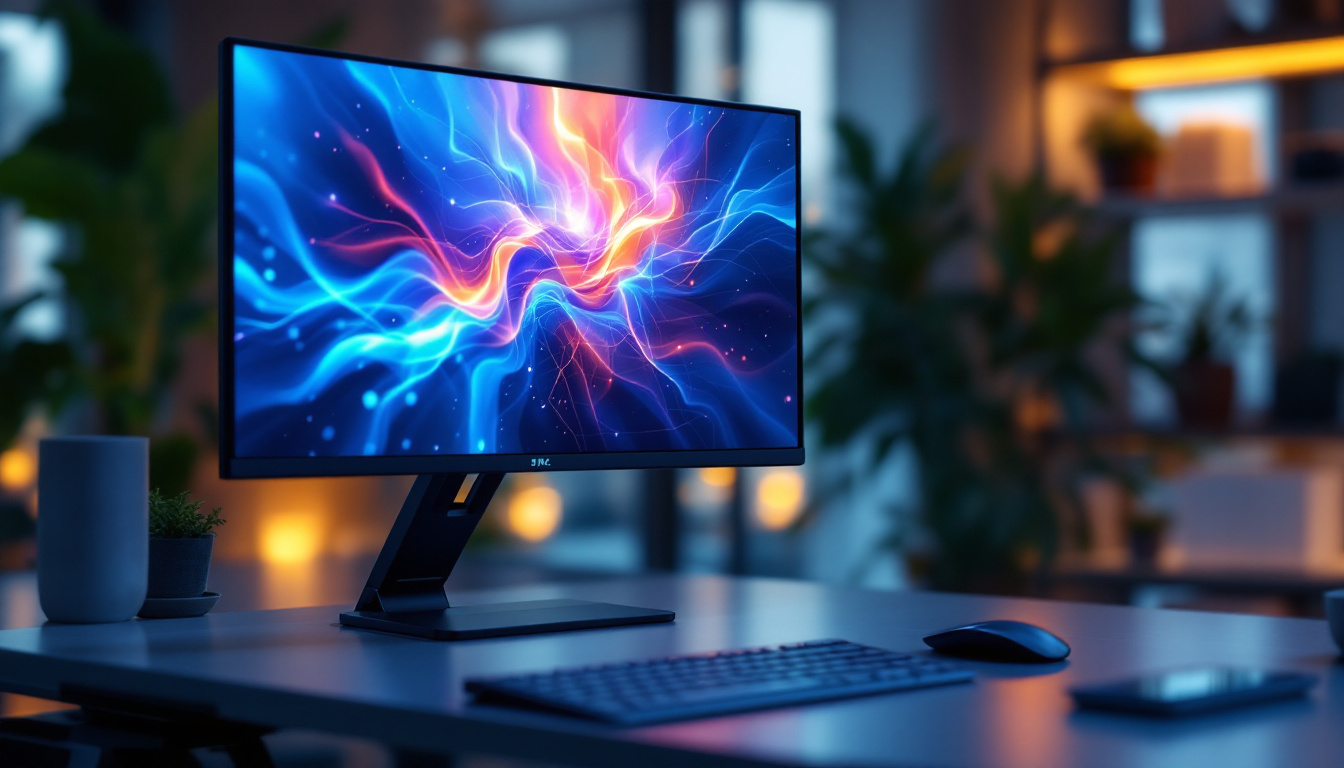Wall For TV: LED Display Explained
In the modern world of home entertainment, the choice of display technology can significantly impact the viewing experience. Among the various options available, LED displays have emerged as a popular choice for wall-mounted televisions. This article delves into the intricacies of LED displays, exploring their advantages, types, and installation considerations. Understanding these aspects can help consumers make informed decisions when setting up their home entertainment systems.
Understanding LED Technology
LED, or Light Emitting Diode, technology has revolutionized the way images are displayed on screens. Unlike traditional LCD screens that use fluorescent backlighting, LED displays utilize a series of tiny diodes that emit light. This fundamental difference leads to various benefits, including improved brightness, contrast, and energy efficiency. The transition to LED technology has not only enhanced visual experiences but has also contributed to significant energy savings, making it a sustainable choice for consumers and businesses alike.
The Basics of LED Displays
At its core, an LED display consists of a matrix of pixels, where each pixel is made up of red, green, and blue diodes. By adjusting the intensity of these colors, the display can produce a wide range of hues and shades. This capability allows for vibrant and lifelike images, making LED displays ideal for everything from movies to video games. The precision with which these colors can be manipulated also plays a crucial role in applications such as digital signage and advertising, where capturing audience attention is paramount.
Moreover, the compact size of LED technology enables manufacturers to create thinner and lighter screens. This feature is particularly advantageous for wall-mounted TVs, as it allows for a sleek and modern look in any living space. Additionally, the lightweight nature of LED displays facilitates easier installation and mobility, catering to the increasing demand for portable and versatile display solutions in both residential and commercial environments.
Types of LED Displays
LED displays can be categorized into several types, each with its unique characteristics and applications. The most common types include:
- Edge-Lit LED: This type features LEDs positioned along the edges of the screen. While they are thinner and more affordable, edge-lit displays may not provide the same level of uniform brightness as other types. However, they are often favored for their sleek design and are commonly found in budget-friendly models.
- Full-Array LED: Full-array displays have a grid of LEDs behind the screen, allowing for better control of brightness and contrast. This technology often includes local dimming, which enhances the viewing experience in darker scenes. Full-array LED displays are particularly popular among cinephiles and gamers who seek immersive visuals.
- OLED: Although not strictly an LED technology, OLED (Organic Light Emitting Diode) displays use organic compounds that emit light. They offer superior contrast ratios and color accuracy, making them a premium choice for high-end installations. The ability of OLED screens to achieve true blacks, thanks to their self-emissive nature, has made them the go-to option for professionals in photography and graphic design.
In addition to these types, there are also specialized LED displays, such as MicroLED and MiniLED, which push the boundaries of display technology even further. MicroLED displays consist of microscopic LEDs that can create individual pixels, resulting in stunning image quality and energy efficiency. MiniLED technology, on the other hand, enhances traditional LED displays by using smaller LEDs for backlighting, allowing for improved contrast and brightness control. These innovations are paving the way for the next generation of displays, promising even more breathtaking visual experiences.
Benefits of LED Displays
LED displays offer numerous advantages that contribute to their popularity in home entertainment setups. Understanding these benefits can help consumers appreciate why LED technology is often the preferred choice.
Enhanced Picture Quality
One of the most significant advantages of LED displays is their ability to produce stunning picture quality. With higher brightness levels and improved contrast ratios, LED TVs can deliver vivid colors and deep blacks. This capability is especially noticeable in dark scenes, where traditional displays may struggle to maintain clarity.
Furthermore, advancements in LED technology, such as HDR (High Dynamic Range), have further enhanced the viewing experience by expanding the range of colors and brightness levels. This results in images that are not only more realistic but also more engaging for viewers.
Energy Efficiency
Another compelling reason to consider LED displays is their energy efficiency. Compared to older technologies like CRT (Cathode Ray Tube) and even some LCDs, LED TVs consume significantly less power. This efficiency not only reduces electricity bills but also contributes to a smaller carbon footprint.
Many modern LED displays are designed with energy-saving features, such as automatic brightness adjustment based on ambient light conditions. This ensures that the display uses only the necessary amount of power, further enhancing its eco-friendliness.
Longevity and Durability
LED displays are known for their longevity, often lasting over 50,000 hours of use. This durability makes them a cost-effective investment for consumers. Unlike traditional bulbs, LEDs do not burn out quickly, and they maintain their brightness over time, ensuring a consistent viewing experience.
Additionally, the robust construction of LED displays makes them less susceptible to damage from impacts or environmental factors, further enhancing their appeal for wall-mounted installations.
Installation Considerations
Installing a wall-mounted LED display requires careful planning and consideration. Proper installation not only enhances the aesthetic appeal of a room but also ensures optimal viewing conditions. Here are some key factors to consider when installing an LED TV on a wall.
Choosing the Right Location
The location of the TV is crucial for an enjoyable viewing experience. Factors such as room layout, seating arrangement, and natural light should be taken into account. Ideally, the TV should be positioned at eye level when seated, which typically means mounting it 42 to 60 inches from the floor, depending on the size of the screen and the height of the viewers.
Additionally, it’s essential to consider glare from windows and light sources. Positioning the TV away from direct sunlight or using curtains can help minimize reflections that may detract from the viewing experience.
Wall Mounting Options
There are various wall mounting options available for LED displays, each offering different benefits. Fixed mounts provide a sleek, low-profile look, while tilting mounts allow for some adjustment to reduce glare. Full-motion mounts offer the most versatility, allowing users to swivel and tilt the TV for optimal viewing angles.
When selecting a mount, ensure that it is compatible with the TV’s size and weight. Most manufacturers provide specifications to help consumers choose the right mounting solution.
Wiring and Cable Management
Proper wiring and cable management are essential for a clean and organized installation. Running cables through the wall can create a seamless look, but it requires careful planning to ensure compliance with local building codes. Alternatively, cable management systems can help conceal wires along the wall or behind furniture.
Consider using HDMI cables for high-quality video and audio transmission, and ensure that there are enough power outlets available to accommodate the TV and any additional devices, such as sound systems or streaming devices.
Smart Features and Connectivity
Modern LED displays often come equipped with smart features that enhance their functionality. These features can transform a traditional TV into a multimedia hub, providing access to streaming services, apps, and internet browsing capabilities.
Smart TV Capabilities
Smart TVs integrate internet connectivity, allowing users to stream content from popular services like Netflix, Hulu, and Amazon Prime Video directly on their screens. This convenience eliminates the need for external devices, streamlining the entertainment experience.
Many smart TVs also come with built-in voice assistants, enabling users to control their TV and connected devices using voice commands. This feature adds an extra layer of convenience, especially in a busy household.
Connectivity Options
In addition to smart features, LED displays typically offer a variety of connectivity options. HDMI ports are essential for connecting devices like gaming consoles, Blu-ray players, and soundbars. USB ports can be used for playing media files or charging devices.
Wireless connectivity, such as Wi-Fi and Bluetooth, allows for seamless integration with smartphones and tablets, enabling users to mirror content or stream music directly to their TV.
Maintenance and Care
Proper maintenance and care can extend the life of an LED display and ensure optimal performance. Regular cleaning and appropriate usage can prevent common issues and keep the display looking its best.
Cleaning the Screen
Cleaning an LED display requires special care to avoid damaging the screen. It is advisable to use a microfiber cloth and a gentle cleaning solution specifically designed for electronics. Avoid using paper towels or abrasive materials, as they can scratch the screen.
When cleaning, it is best to turn off the TV and allow it to cool down. Gently wipe the screen in circular motions, and avoid applying excessive pressure. For stubborn spots, a mixture of water and vinegar can be effective, but always check the manufacturer’s recommendations first.
Software Updates
For smart LED displays, keeping the software up to date is crucial for optimal performance. Manufacturers regularly release updates to improve functionality, fix bugs, and enhance security. Users should check for updates periodically and install them as needed to ensure their TV operates smoothly.
Many smart TVs offer automatic updates, which can simplify the process. However, users should still be aware of the importance of maintaining their device’s software.
Conclusion
LED displays have transformed the landscape of home entertainment, offering superior picture quality, energy efficiency, and a range of smart features. Their versatility and durability make them an excellent choice for wall-mounted installations, enhancing both the aesthetic and functional aspects of any living space.
By understanding the various types of LED displays, their benefits, and the considerations for installation and maintenance, consumers can make informed decisions that lead to an enriched viewing experience. Whether for movies, gaming, or streaming, an LED display can elevate the way viewers engage with their favorite content.
As technology continues to evolve, LED displays will likely remain at the forefront of home entertainment, providing innovative solutions that cater to the demands of modern consumers.
Discover the Future of Home Entertainment with LumenMatrix
Ready to elevate your home entertainment experience with the latest in LED display technology? Look no further than LumenMatrix, a pioneer in crafting visually stunning LED display modules that are perfect for any setting. From the comfort of your living room to the excitement of outdoor events, our diverse range of solutions, including Indoor and Outdoor LED Wall Displays, Vehicle LED Displays, and more, are designed to bring your content to life. Embrace the future of visual communication and check out LumenMatrix LED Display Solutions today to transform the way you watch, play, and stream.

